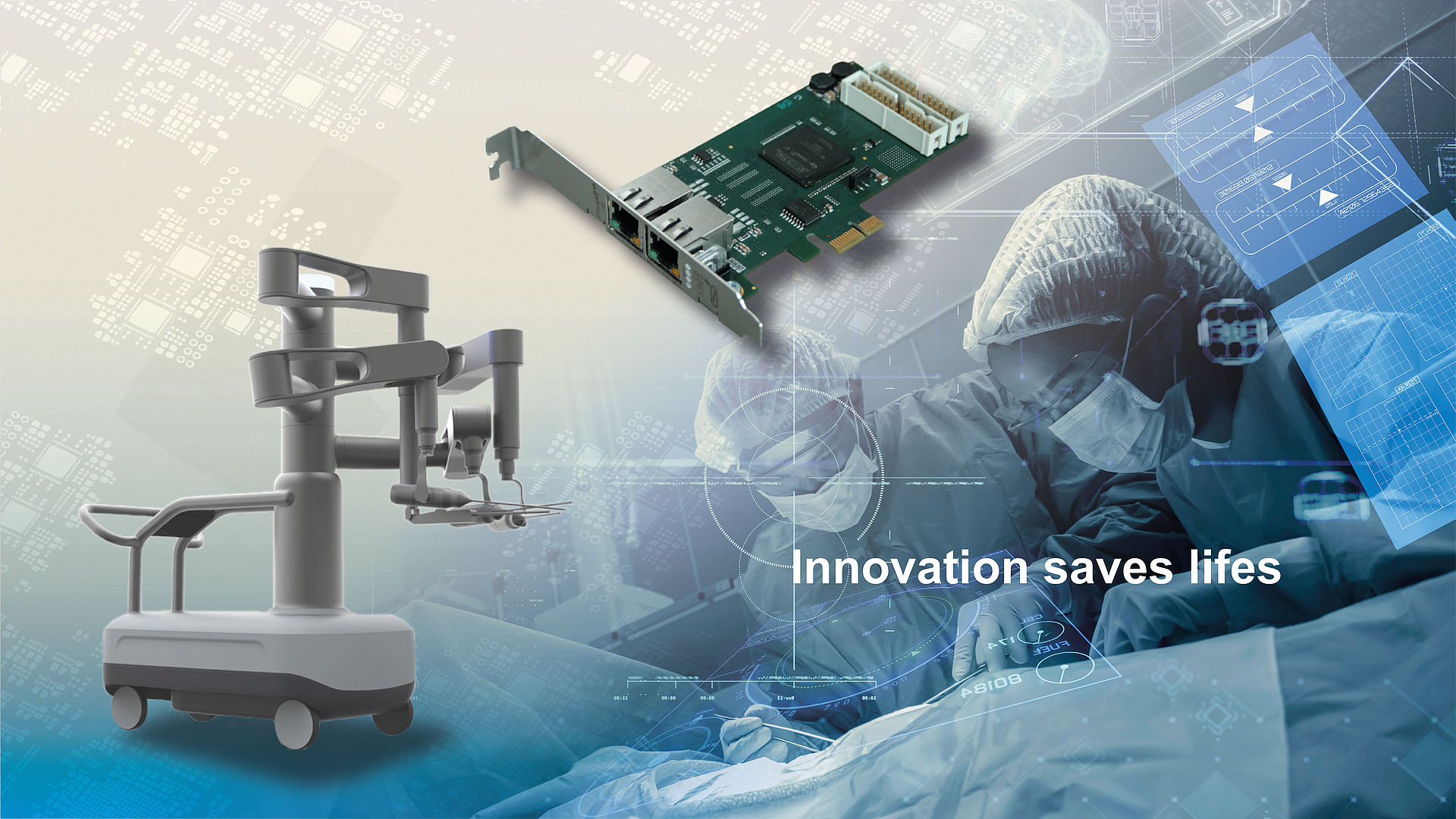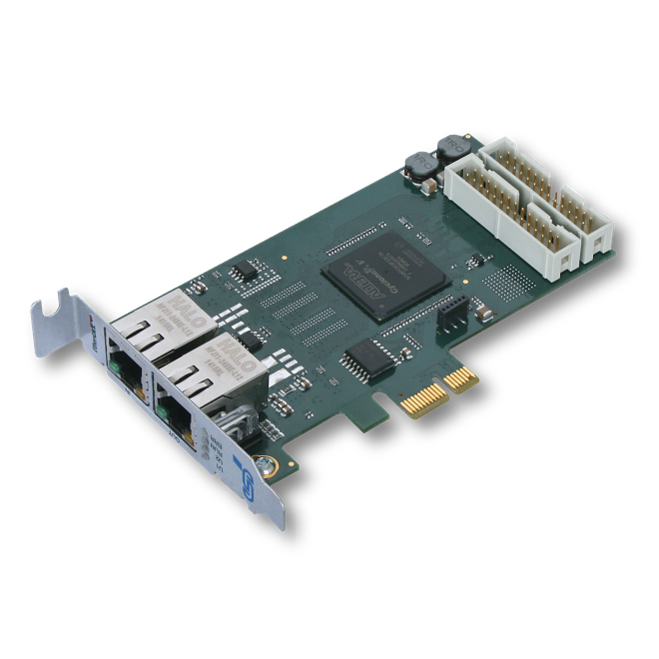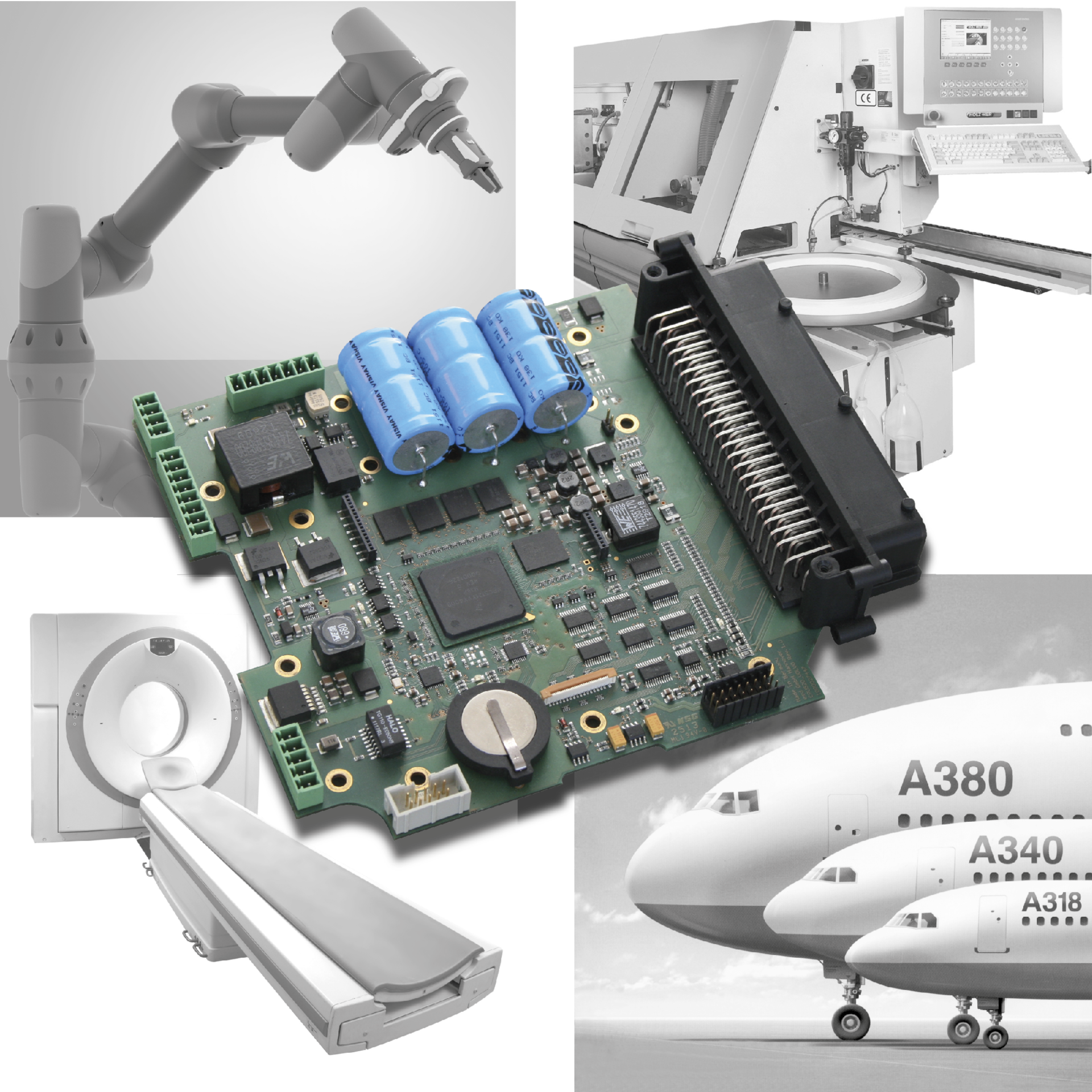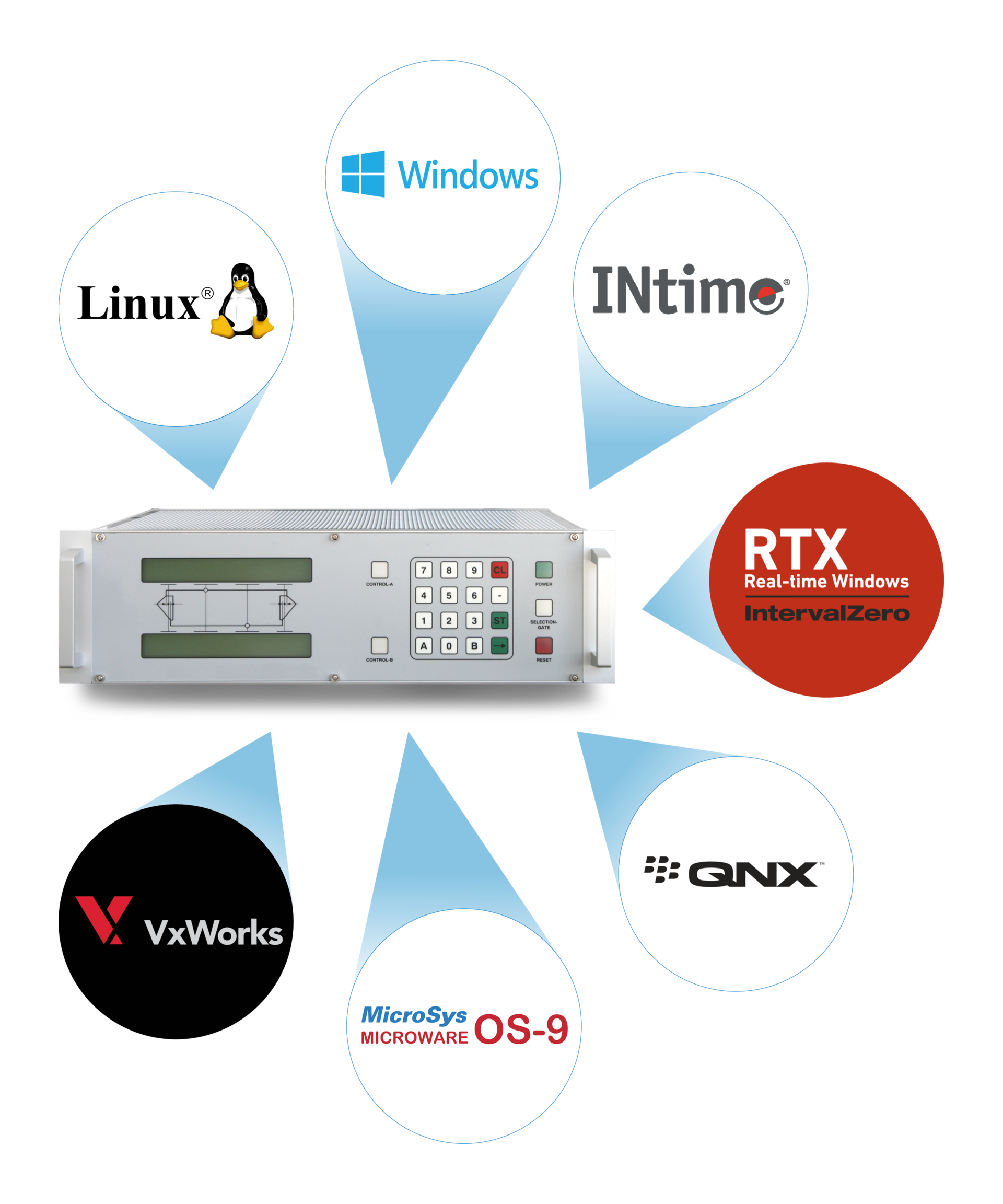EtherCAT in Use in high-end Medical Application
Innovation saves lives - this is the mission of the company Rob Surgical from Spain. It has been working on the development of a “best-in-class robot for minimally invasive surgery” for almost 10 years. This mission and the customer’s goal has left an impression on esd electronics and the company looks forward to supporting the manufacturer of robots to achieve their mission.
Like many other robot manufacturers, Rob Surgical also relies on the Ethernet-based fieldbus EtherCAT, which has outstanding real-time capabilities due to its short cycle times and low jitter. EtherCAT thus provides an excellent basis for systems with high safety and precision requirements. In addition to EtherCAT for real-time communication, rob surgical also needs a real-time capable operating system to accurately control and monitor the high-precision movements of the surgical robot.
At this point, Rob Surgical relies on the proven real-time operating system QNX, which is one of the first commercially successful microkernel operating systems. This microkernel system relies on dividing the main part of the system into individual processes and thus offers great advantages in debugging and prioritizing these processes. In order to get across the idea, here is a little technical insight: Currently, the customer uses a quad-core processor with QNX 7.0 to achieve EtherCAT cycle times of 4 ms, with 1 ms being the target in the long term.
Real-time with EtherCAT and QNX
EtherCAT and QNX are two topics that esd electronics has also been actively pursuing for many years, offering customers appropriate solutions to their challenges. Thus, the products of esd electronics offer a good source of help to Rob Surgical for the development of their system. The customer relies on hardware and software for EtherCAT made by esd electronics. On the robotic station controller the EtherCAT Master Stack is used as the central communication interface and connects the console controller with its HMI to the robotic station controller, as well as the axis controllers on the other side.
Inside the console controller there is an EtherCAT slave interface board together with the EtherCAT Slave Stack. The ECS-PCIe/FPGA in use is a FPGA based board with PCI Express interface and integrated DMA controller to transfer the process data to the main processor directly in the working memory. Since the EtherCAT Slave Stack was also available for QNX, the customer was able to obtain hardware and software from only one supplier.
Rob Surgical found access to the EtherCAT software by esd via the EtherCAT Master Stack and the EtherCAT Workbench for Windows. At the beginning of a development the EtherCAT Workbench offers many helpful functions for start-up and debugging of EtherCAT systems. In the progress of the development by Rob Surgical the shift to QNX followed, which required only a small porting effort due to the common API of the EtherCAT Master Stack among all operating systems. Due to the positive experience with QNX involving the EtherCAT Master Stack, the slave side connection was also to be realized with QNX. Thus, the need for an EtherCAT slave for QNX evolved. The requirement was satisfied by providing an EtherCAT Slave Stack ported to QNX as a driver for the ECS PCIe/FPGA.
Positive Conclusion
During the whole development process esd supported the robot manufacturer with documentation and support. The team at esd was pleased to hear that Rob Surgical was very satisfied with this accompanying support. All in all, esd is happy to assist customers in developing their own products and to realize their innovative projects and ideas.
Further Information for Download as PDF Document
-
EtherCAT in Use in high-end Medical Application Full user report on EtherCAT in high-end medical application (PDF) 833 KB
Feel free to sign up for our newsletter and stay up to date. Click here to register





